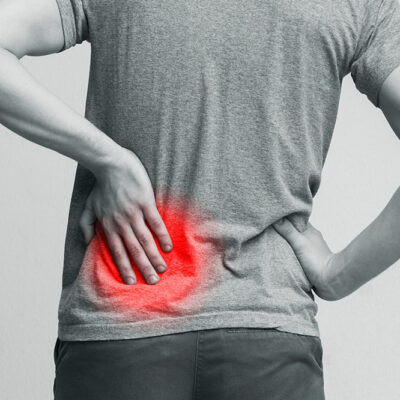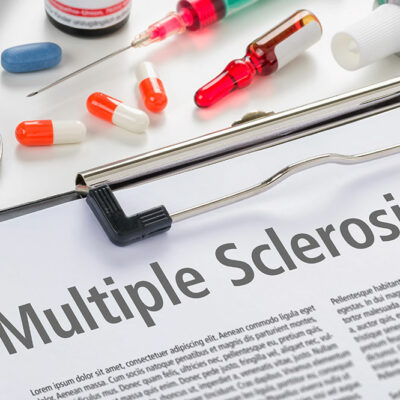5 foods for reducing cancer risk

Nutrition and lifestyle choices help people shape their bodies and live healthy lives. A well-balanced meal can also help prevent the development of illnesses such as high blood pressure, diabetes, and cancer. Several foods contain beneficial chemicals that may help in cancer prevention. Several studies have found that increasing the intake of such superfoods can reduce the risk of developing cancer. Here are 5 best foods to eat regularly to lower cancer risk.
Best foods for preventing cancer
Broccoli
Broccoli contains sulforaphane, a plant chemical found in cruciferous vegetables that may have anticancer properties. According to some research, eating more cruciferous vegetables like broccoli may reduce the risk of developing colorectal cancer. It can be added in salads or stir-fried. Broccoli assists the body in fighting off ailments and issues brought on by an unhealthy lifestyle.
Tomatoes
Tomatoes are high in lycopene. Lycopene is a carotenoid, or phytonutrient, that contributes to the red color of tomatoes. This compound has been shown to slow tumor growth and protect against prostate cancer. Although it can be eaten raw or in salads, sautéing the tomatoes like pasta sauce provides the most health benefits. The heating process increases the body’s ability to absorb lycopene, resulting in the greatest benefits.
Berries
Berries are high in anthocyanins, plant pigments with antioxidant properties that can help lower the risk of cancer. Freeze-dried black raspberries given to patients with oral cancer indicated decreased cancer growth. These berries help to protect the body from free radicals, which can damage and kill cells. To ensure adequate daily consumption, berries such as blueberries, strawberries, and raspberries can be added to regular meals as snacks, smoothies, or desserts.
Cinnamon
Cinnamon is well known for its medicinal properties, including the ability to lower blood sugar and relieve inflammation. It also has the potential to help stop the spread of cancer cells. Cinnamon extract causes cell death in tumor cells while inhibiting tumor development and spread. Including 1/2-1 teaspoon of cinnamon in daily meals such as oatmeal, coffee, and tea can help the body fight infections, lower blood sugar, and produce anticancer properties.
Walnuts
Although all nuts are high in nutrients, walnuts have cancer-fighting properties. Walnuts contain bioactive substances that have been shown to inhibit tumor formation. They also contain tocopherols, omega-3 fatty acids, and phytosterols, which inhibit estrogen receptors in breast cancer cells. Consuming two ounces of walnuts daily for about two weeks is recommended, which can significantly reduce cancer levels.
Healthy eating tips to reduce cancer risk
Consume fewer carbohydrates, refined sugars, and sweetened meals to lower the risk of developing cancer. Excess sugar consumption, particularly added sugars in processed and packaged foods and beverages, can contribute to increased body mass, a cancer risk factor.
Consuming red meat raises the risk of colon cancer. Excessive consumption of red and processed meat can increase the risk of developing bowel cancer by 20%. Several cancer-causing compounds can also be produced when cooking meat at high temperatures. Therefore, it’s beneficial to reduce the regular consumption of red meat.
A well-balanced meal includes grains, nuts, vegetables, lentils, beans, and fruits, which actively lower the risk of cancer growth. Healthy eating practices guarantee an active lifestyle and illness-free life.










